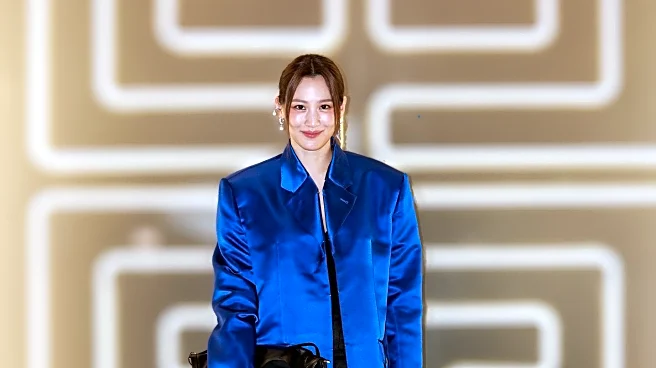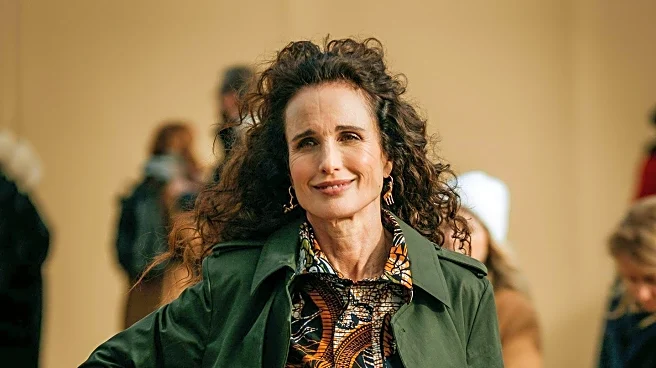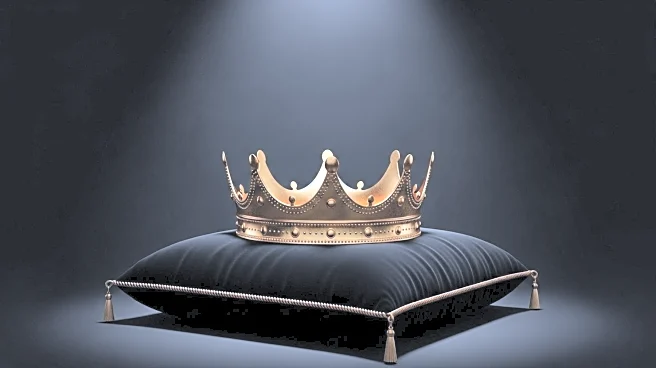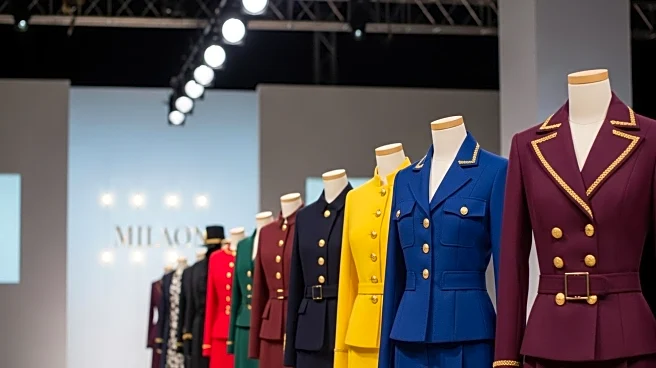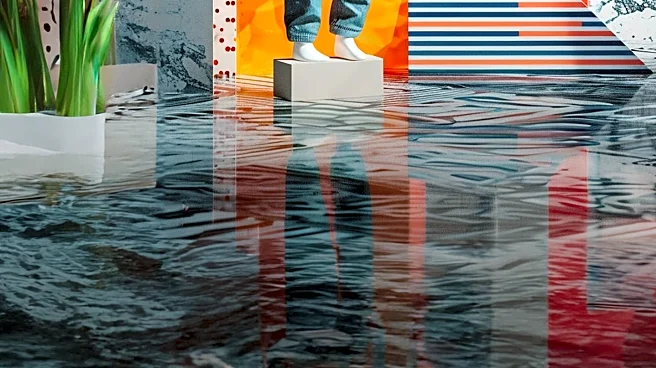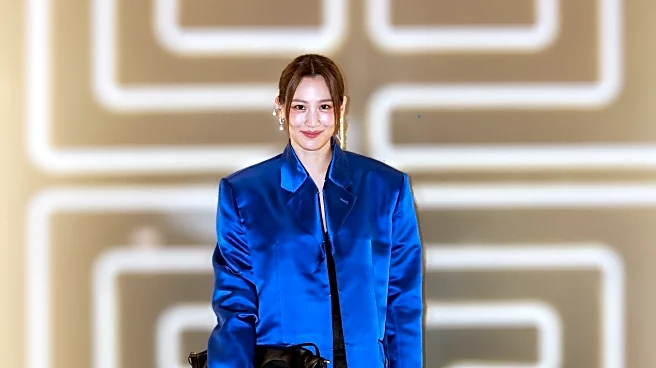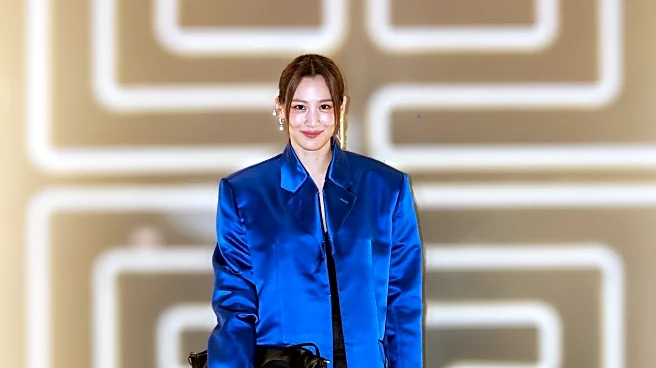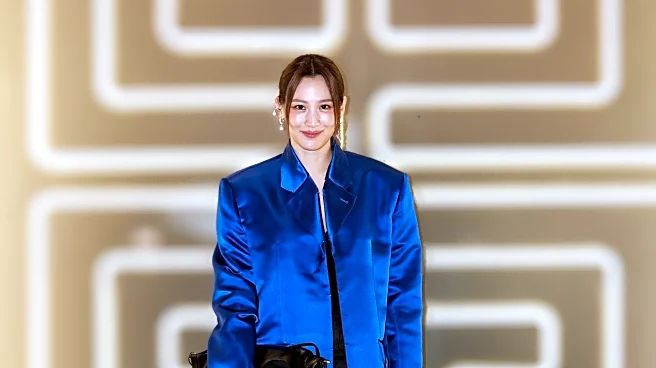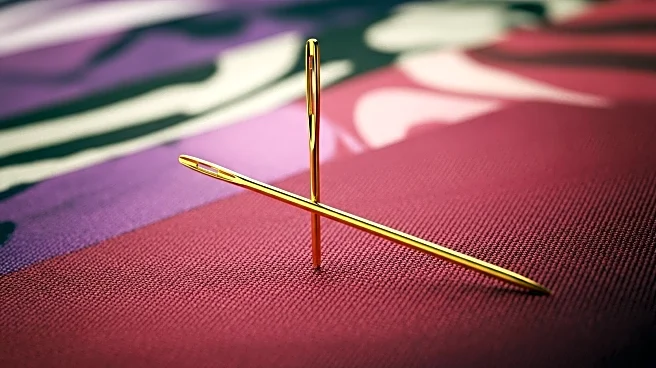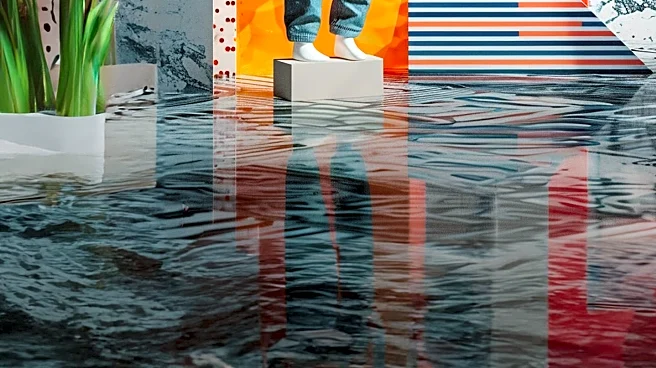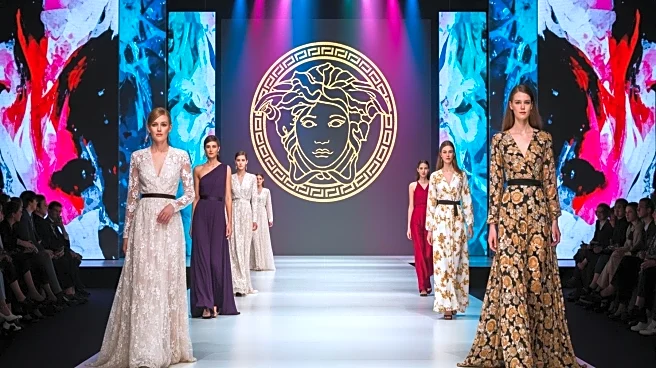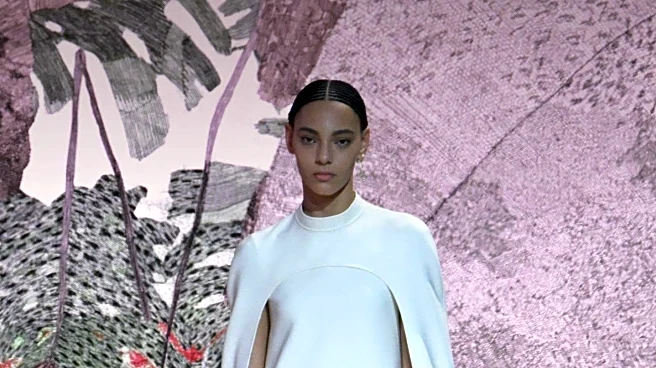What is the story about?
What's Happening?
Dario Vitale, the new designer at Versace, has made his debut with a collection that emphasizes genderless fashion. The show took place at the Pinacoteca Ambrosiana in Milan, featuring a range of outfits that blur traditional gender lines. Vitale's collection included high-waisted denim, muscle T-shirts, and versatile pieces that focus on personal expression rather than strict gender norms. The debut was marked by a departure from the typical luxury fashion approach, with Vitale opting for a more personal and confident style. His designs were characterized by unique color combinations and textures, aiming to redefine luxury fashion with a fresh perspective.
Why It's Important?
The introduction of genderless fashion by a major brand like Versace signifies a shift towards inclusivity and personal expression in the fashion industry. This movement challenges traditional gender norms and promotes diversity, potentially influencing other designers and brands to adopt similar approaches. The emphasis on personal style over luxury highlights a changing consumer preference, which could impact the future of fashion retail and marketing strategies. As the industry faces challenges such as decreased consumer traffic and changing buying habits, innovative approaches like Vitale's may offer new opportunities for growth and engagement.
What's Next?
Following Vitale's debut, the fashion industry may see increased interest in genderless fashion, prompting other designers to explore similar themes. Versace's approach could inspire collaborations and new collections that prioritize inclusivity and personal expression. As the industry adapts to changing consumer preferences, brands may focus on creating more personalized and versatile designs. The success of Vitale's collection could lead to further exploration of non-traditional fashion concepts, potentially influencing future trends and industry standards.
Beyond the Headlines
The move towards genderless fashion raises important ethical and cultural questions about identity and representation in the fashion industry. By challenging traditional norms, designers like Vitale contribute to a broader conversation about inclusivity and diversity. This shift may encourage consumers to embrace fashion as a form of self-expression, rather than adhering to conventional gender roles. The long-term impact could lead to a more inclusive and diverse industry, reflecting a wider range of cultural identities and personal styles.
AI Generated Content
Do you find this article useful?
